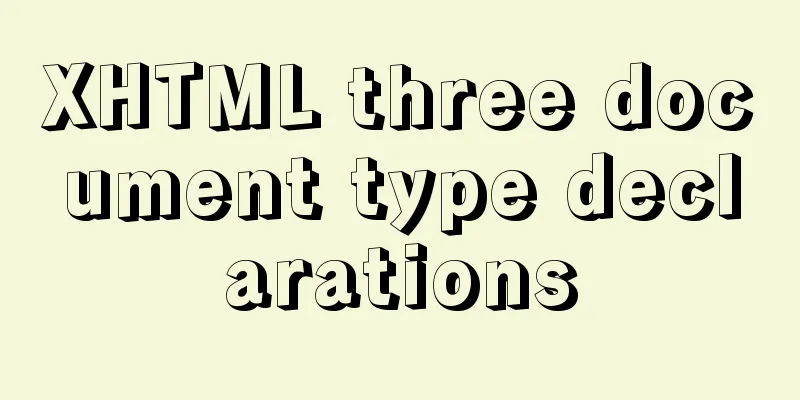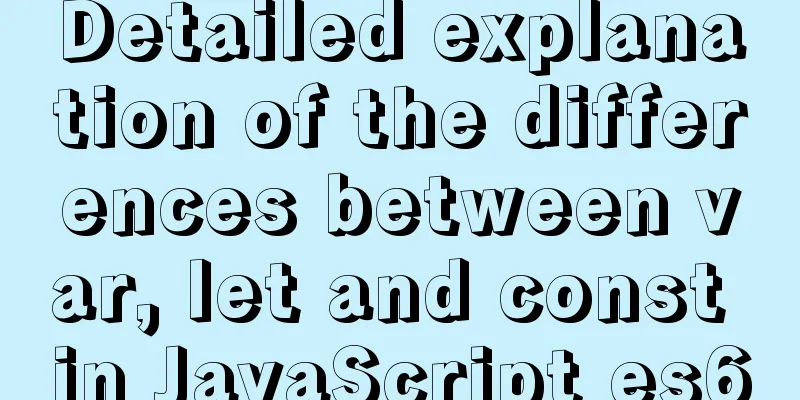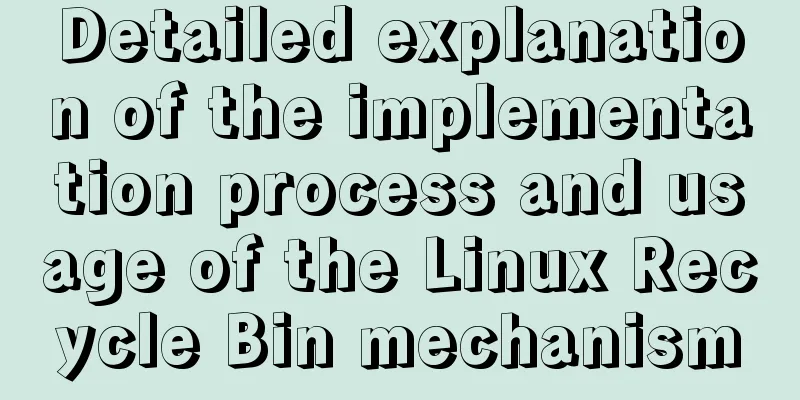XHTML three document type declarations

|
XHTML defines three document type declarations. The most commonly used is XHTML Transitional. <!DOCTYPE> is mandatory. An XHTML document has three main parts: DOCTYPE Head Body The basic document structure is this: <!DOCTYPE ...><html><head><title>... </title></head><body> ... </body></html> In an XHTML document, the document type declaration is always the first line. An XHTML Example Here is a simple (minimal) XHTML document: <!DOCTYPE htmlPUBLIC "-//W3C//DTD XHTML 1.0 Strict//EN""http://www.w3.org/TR/xhtml1/DTD/xhtml1-strict.dtd"><html><head><title>simple document</title></head><body><p>a simple paragraph</p></body></html> A document type declaration defines the type of a document: <!DOCTYPE htmlPUBLIC "-//W3C//DTD XHTML 1.0 Strict//EN" "http://www.w3.org/TR/xhtml1/DTD/xhtml1-strict.dtd"> The rest of the document looks like this: <html><head><title>simple document</title></head><body><p>a simple paragraph</p></body></html> 3 Document Type Declarations DTD specifies the syntax of web pages using Generalized Markup Language (SGML). General markup language applications such as HTML use DTD to specify the rules for tags applied to a particular document. These rules include a series of element and entity declarations. XHTML is described in detail in the Document Type Declaration, or DTD, of the Standard Generalized Markup Language (SGML). The XHTML DTD uses precise computer-readable language to describe the grammar and syntax of legal XHTML tags. There are three XHTML document types: STRICT TRANSITIONAL FRAMESET Three XML document types for XHTML 1.0 XHTML 1.0 specifies three XML document types to correspond to the three DTDs mentioned above. XHTML 1.0 Strict <!DOCTYPE htmlPUBLIC "-//W3C//DTD XHTML 1.0 Strict//EN" "http://www.w3.org/TR/xhtml1/DTD/ xhtml1-strict.dtd ">Use when you want clean markup and avoid clutter in presentation. Please use with Cascading Style Sheets. XHTML 1.0 Transitional <!DOCTYPE htmlPUBLIC "-//W3C//DTD XHTML 1.0 Transitional//EN" "http://www.w3.org/TR/xhtml1/DTD/ xhtml1-transitional.dtd ">Use it when you need to take advantage of the presentation features of HTML and when you need to write XHTML for browsers that do not support Cascading Style Sheets. XHTML 1.0 Frameset <!DOCTYPE htmlPUBLIC "-//W3C//DTD XHTML 1.0 Frameset//EN" "http://www.w3.org/TR/xhtml1/DTD/ xhtml1-frameset.dtd" >Use in situations where you need to use HTML frames to split the browser window into two or more frames. |
<<: Detailed explanation of where the image pulled by docker is stored
>>: mysql8.0.23 linux (centos7) installation complete and detailed tutorial
Recommend
Introduction to version management tool Rational ClearCase
Rational ClearCase is a software configuration ma...
Analysis of Mysql transaction characteristics and level principles
1. What is a transaction? A database transaction ...
Summary of new usage examples of computed in Vue3
The use of computed in vue3. Since vue3 is compat...
How to use the EXPLAIN command in SQL
In daily work, we sometimes run slow queries to r...
MySQL5.6.31 winx64.zip installation and configuration tutorial
#1. Download # #2. Unzip to local and modify nece...
Example code for implementing the nine-grid layout of dynamic images with CSS
Precondition: content="width=750" <m...
In-depth analysis of MySQL 8.0 redo log
Table of contents Preface Generation of redo log ...
Beginners learn some HTML tags (1)
Beginners can learn HTML by understanding some HT...
JavaScript to achieve the effect of clicking on the submenu
This article shares the specific code of JavaScri...
Example code for using text-align and margin: 0 auto to center in CSS
Use text-align, margin: 0 auto to center in CSS W...
Solution to 404 Problem of Tomcat Installation in Docker
Find the containerID of tomcat and enter the toma...
Mysql sorting and paging (order by & limit) and existing pitfalls
Sorting query (order by) In e-commerce: We want t...
Deepin20.1 system installs MySQL8.0.23 (super detailed MySQL8 installation tutorial)
Download MySQL-8.0.23 Click to download: mysql-8....
MySQL merge and split by specified characters example tutorial
Preface Merging or splitting by specified charact...
Detailed explanation of Javascript closures and applications
Table of contents Preface 1. What is a closure? 1...









